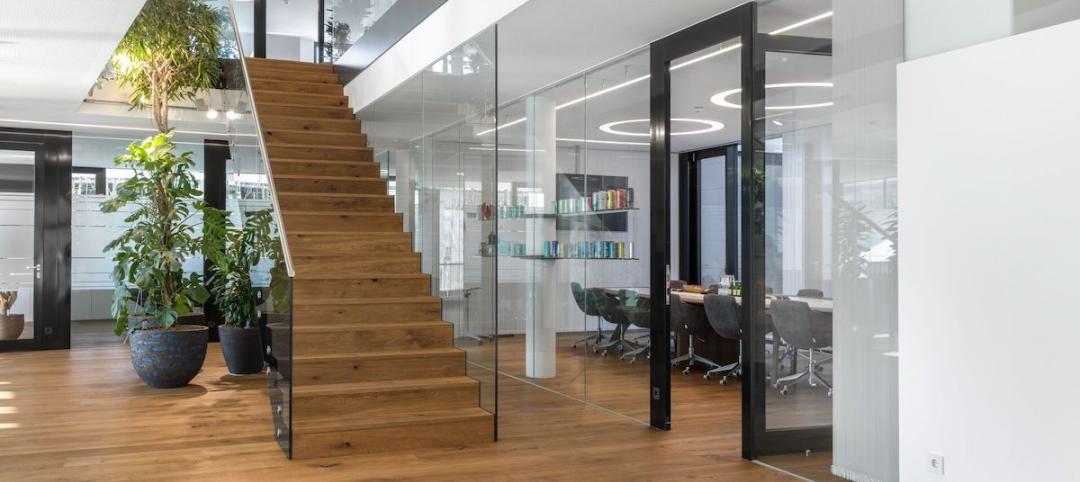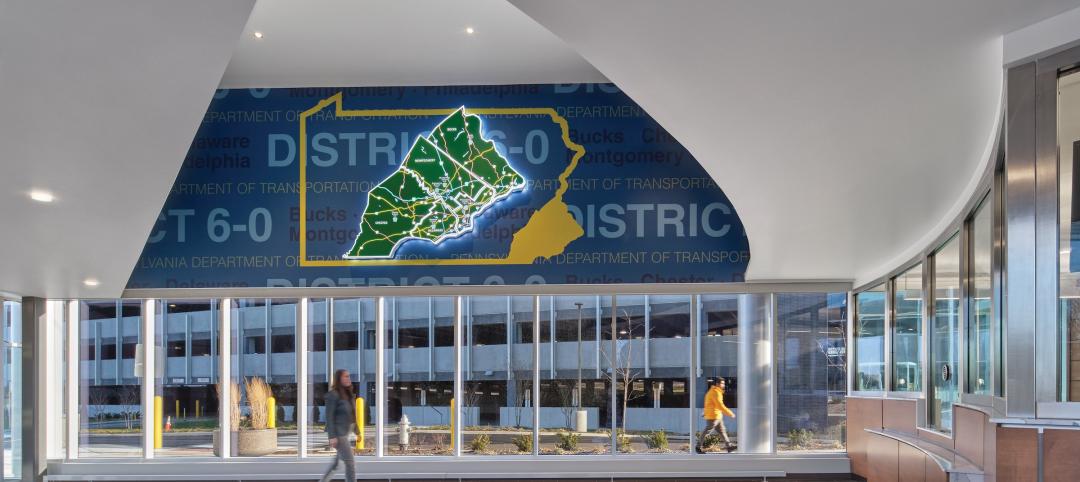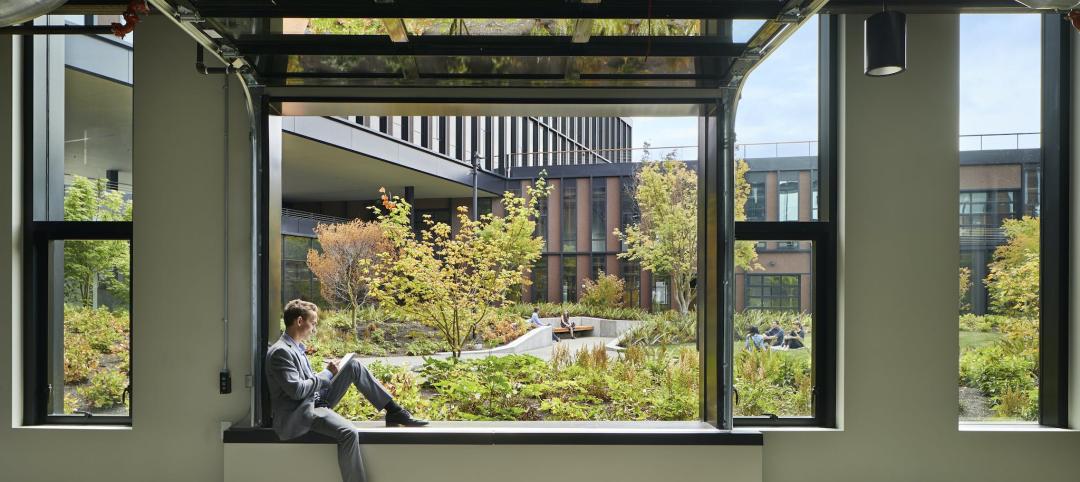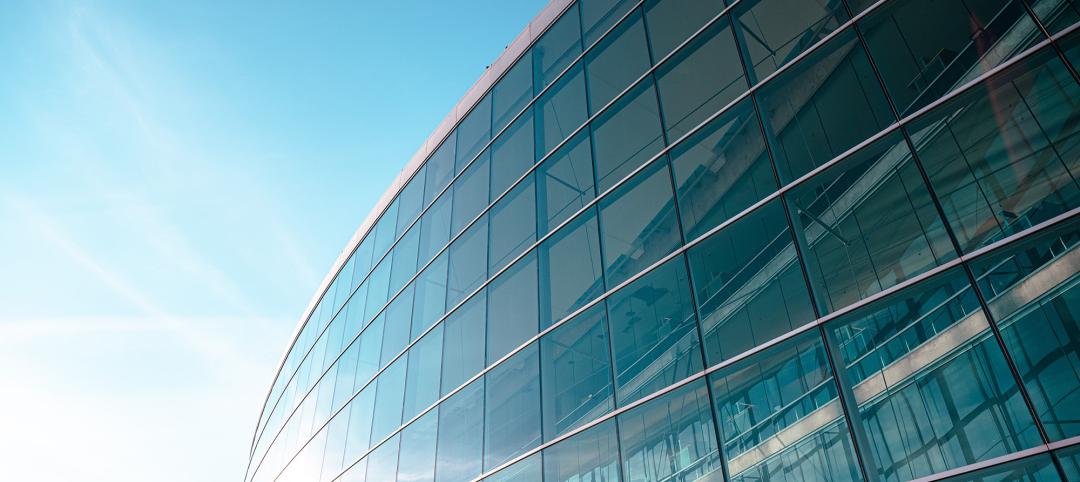
It was supposed to be the perfect new office. In July 2003, Two Rivers Marketing Group of Des Moines, Iowa, began working with Shiffler Associates Architects on a 14,000-sf building to house their rapidly growing marketing firm. Over the next six months they put together an innovative program that drew on unprecedented amounts of employee feedback. Construction kicked off in June 2004; by December, their dream office was close to being reality.
 |
| PHOTOS: CAMERON CAMPBELL |
Then, on December 20, 2004, the virtually complete building caught fire and burned to the ground, leaving Two Rivers Marketing with a soon-to-expire lease and no place to go.
In the aftermath of the fire, the Building Team—Shiffler Associates Architects, with Larson & Larson Construction (GC), The Waldinger Group (M/E engineer), and Korpela Engineering (structural)—came to realize that the fire was something of a mixed blessing: the burnt-out space wouldn't have met the client's needs for long in any case. In six years, the staff had grown from 14 to 60 employees, and the marketing firm was hiring like mad. Clearly, finding a new building to renovate with enough room for expansion was top priority.
Three months later, they found the right place—32,000 sf of steel and glass. Originally constructed in 1935, this former General Motors parts warehouse offered sweeping views of the Iowa State Capitol building and downtown Des Moines. With all square footage on one large floor, the warehouse gave Two Rivers Marketing the opportunity to arrange their staff in an open configuration that separated people by distance, rather than walls, and encouraged collaboration between designers, writers, and account managers.
The firm also felt that the industrial space offered a symbolic connection to their clients—largely industrial-based companies like Bobcat and Ingersoll Rand—in a way that a stuffy, marble-and-mahogany environment would not. Nor did it hurt, given the firm's recent history, that the warehouse was made entirely of noncombustible materials.
 |
 |
| Simple, inexpensive materials were used throughout the interior spaces. The main lobby is clad with plywood panels (top) and semi-transparent corrugated fi berglass walls enclose the mezzanine workspaces (above). PHOTOS: CAMERON CAMPBELL |
With Two Rivers Marketing's lease set to run out at the end of 2005, the design-build team had nine months to not only repair 70 years' worth of lapsed maintenance, but also to transform a raw warehouse into the ideal office space for a fun, hip marketing firm.
The first step was quickly coming up with an architectural program and design that would fit the space. Luckily, the team was able to use the program from the original, burnt-out building. To make the program fit the much larger space, they added a photo studio, a larger break area, and plenty of office room that would allow the company to grow.
Then came the job of updating and repairing the shell of the building to meet codes and energy-efficiency needs. The building's windows—steel sash and single pane, many with concrete sills that had come loose from the masonry below—needed serious work. The team reset all the windows and doweled them into place, replacing the old panes with aluminum frames and insulated glazing. The HVAC system, which at purchase consisted of multiple ceiling-hung furnaces, was replaced with more effective rooftop units.
With the basics taken care of, the team could then move on to aesthetics. In order to build a brand connection with their industrial clientele, Two Rivers chose to maintain the look and feel of the original GM structure. The original concrete floor was polished to a bright sheen. The trim materials used for desks, wall details, and the few dividing walls were chosen for both their industrial character and their ability to maintain a sense of openness. These included plywood and inexpensive corrugated fiberglass panels.
But the team's greatest achievement was the addition of a mezzanine into the building's pre-existing central clerestory. Adding 3,000 sf of extra space, the mezzanine is self-supporting and appears to float on narrow, canted columns. It is divided into a series of “pseudo rooms,” defined enough to give the firm's executives private offices, but tied to the rest of the design's open layout by semi-transparent corrugated fiberglass walls set with open plywood window boxes.
The industrial theme is maintained here, too, by walkways made of steel grating and wire mesh guardrails that reference back to old-fashioned factory catwalks. The space beneath the mezzanine is designed to be an impromptu meeting place, with couches and chair groupings that encourage brainstorming sessions.
Completed last December, the project has won several preservation and design awards. Two Rivers Marketing continues to draw in more new employees, possibly as a result of another renovation element—a full kitchen complete with keg fridge and pool table.
Related Stories
Office Buildings | Oct 30, 2023
Find Your 30: Creating a unique sense of place in the workplace while emphasizing brand identity
Finding Your 30 gives each office a sense of autonomy, and it allows for bigger and broader concepts that emphasize distinctive cultural, historic or other similar attributes.
Biophilic Design | Oct 29, 2023
Natural wood floors create biophilic experience in Austrian headquarters office
100% environmentally friendly natural wood floors from mafi add to the biophilic setting of a beverage company office in Upper Austria.
Government Buildings | Oct 27, 2023
A spurt in public spending bolsters AEC firms' government building practices
Nonresidential public construction spending, while only about a quarter of private-sector spending, has been growing at a much faster clip lately. In June, it was up 13.8% to $411.4 billion, with commercial and manufacturing the biggest subsectors, according to Commerce Department estimates.
Office Buildings | Oct 19, 2023
Proportion of workforce based at home drops to lowest level since pandemic began
The proportion of the U.S. workforce working remotely has dropped considerably since the start of the Covid 19 pandemic, but office vacancy rates continue to rise. Fewer than 26% of households have someone who worked remotely at least one day a week, down sharply from 39% in early 2021, according to the latest Census Bureau Household Pulse Surveys.
Biophilic Design | Oct 18, 2023
6 ways to integrate nature into the workplace
Integrating nature into the workplace is critical to the well-being of employees, teams and organizations. Yet despite its many benefits, incorporating nature in the built environment remains a challenge.
Office Buildings | Oct 16, 2023
The impact of office-to-residential conversion on downtown areas
Gensler's Duanne Render looks at the incentives that could bring more office-to-residential conversions to life.
Government Buildings | Oct 10, 2023
GSA names Elliot Doomes Public Buildings Service Commissioner
The U.S. General Services Administration (GSA) announced that the agency’s Public Buildings Service Commissioner Nina Albert will depart on Oct. 13 and that Elliot Doomes will succeed her.
Products and Materials | Sep 29, 2023
Top building products for September 2023
BD+C Editors break down 15 of the top building products this month, from smart light switches to glass wall systems.
Office Buildings | Sep 28, 2023
Structural engineering solutions for office-to-residential conversion
IMEG's Edwin Dean, Joe Gulden, and Doug Sweeney, share seven key focuses for structural engineers when planning office-to-residential conversions.
Mixed-Use | Sep 20, 2023
Tampa Bay Rays, Hines finalize deal for a stadium-anchored multiuse district in St. Petersburg, Fla.
The Tampa Bay Rays Major League Baseball team announced that it has reached an agreement with St. Petersburg and Pinellas County on a $6.5 billion, 86-acre mixed-use development that will include a new 30,000-seat ballpark and an array of office, housing, hotel, retail, and restaurant space totaling 8 million sf.
















